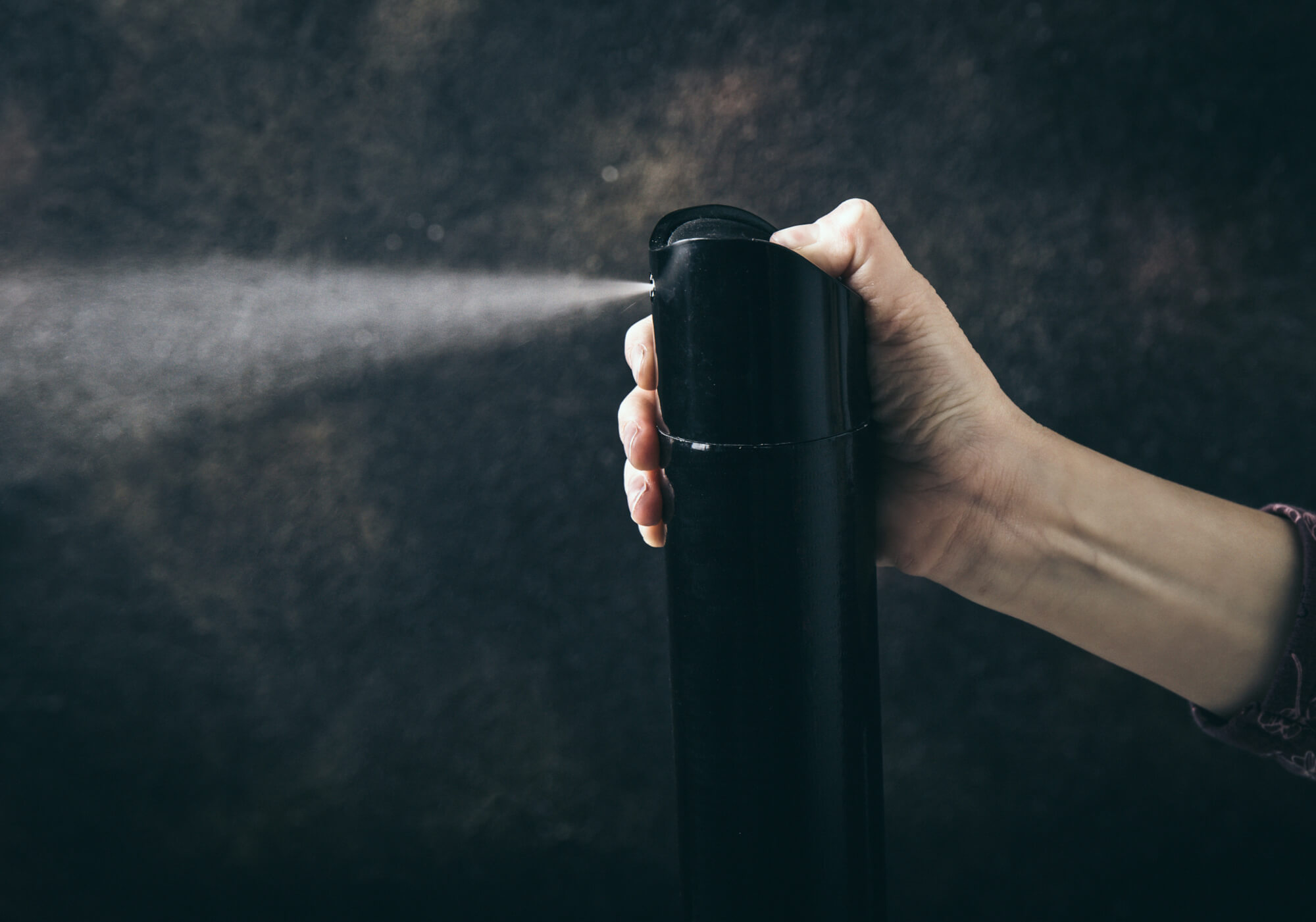Chroming: A Dangerous Challenge Raising Critical Safeguarding Concerns

The tragic loss of an 11-year-old boy in Lancashire recently has brought to light a dangerous trend known as 'chroming', raising serious concerns about the safety and well-being of children and young people worldwide.
What is Chroming?
Chroming also referred to as inhalant abuse, involves inhaling various chemicals like aerosols, nitrous oxide, solvents, and nitrites, leading to potentially fatal consequences. While inhalant abuse is not a new issue, the way this trend is spreading through social media is particularly alarming, prompting urgent action to protect vulnerable individuals.
Chroming poses significant risks to physical and mental health. Engaging in this activity can take various forms, including spraying aerosols directly into the mouth or nose, bagging them for inhalation, sniffing fumes from containers, or huffing by soaking a rag with the inhalant. These methods, often undertaken in enclosed spaces or with makeshift tools, significantly increase the risk of overdose and serious harm.
Why might children and young people be drawn to Chroming?
Children and young people may be drawn to chroming for various reasons. The unpredictable effects of inhalants, including feelings of intoxication and hallucinations, can be appealing to thrill-seekers. Moreover, media depictions and peer pressure can further influence their decision to participate in this dangerous activity, leading to potential addiction and long-term health consequences.
The Risks Posed by Chroming
The risks associated with chroming are multifaceted and severe. Physically, inhaling chemicals can cause respiratory and neurological damage, leading to fainting, confusion, and even death. Mentally and emotionally, chroming can exacerbate mental health issues and induce aggressive or erratic behaviour. Additionally, the legal consequences of inhalant abuse, coupled with the normalisation of risky behaviours online, can have long-term repercussions on a young person's future opportunities and well-being.
How should parents, carers, and safeguarding professionals respond to Chroming?
In response to this growing concern, it is imperative for parents, carers, and safeguarding professionals to stay informed, vigilant and proactive in addressing the issue of chroming. Creating open and supportive channels of communication with young people, understanding potential signs of involvement in chroming, and implementing safety measures on social media platforms are essential steps in mitigating the risks associated with this dangerous challenge.
Parents and carers play a crucial role in educating their children about the dangers of chroming and promoting healthy alternatives for coping with stress or peer pressure. By fostering an environment of trust, empathy, and understanding, adults can empower young people to make informed and responsible choices while also providing support and guidance when needed.
Furthermore, collaboration among schools, community organisations, and law enforcement agencies is essential in raising awareness about the dangers of chroming and implementing preventive measures. Educating young people about the consequences of inhalant abuse, providing access to mental health resources, and promoting positive peer relationships can help reduce the prevalence of chroming and safeguard the well-being of our youth.
Conclusion
We have a duty of care to work towards preventing further tragedies and ensure the safety and well-being of our children and young people in an increasingly complex digital world. By addressing the root causes of chroming and promoting healthy behaviours and coping mechanisms, we can empower young individuals to lead fulfilling and productive lives free from the dangers of substance abuse.
SSS Learning Safeguarding Director
26 March 2024